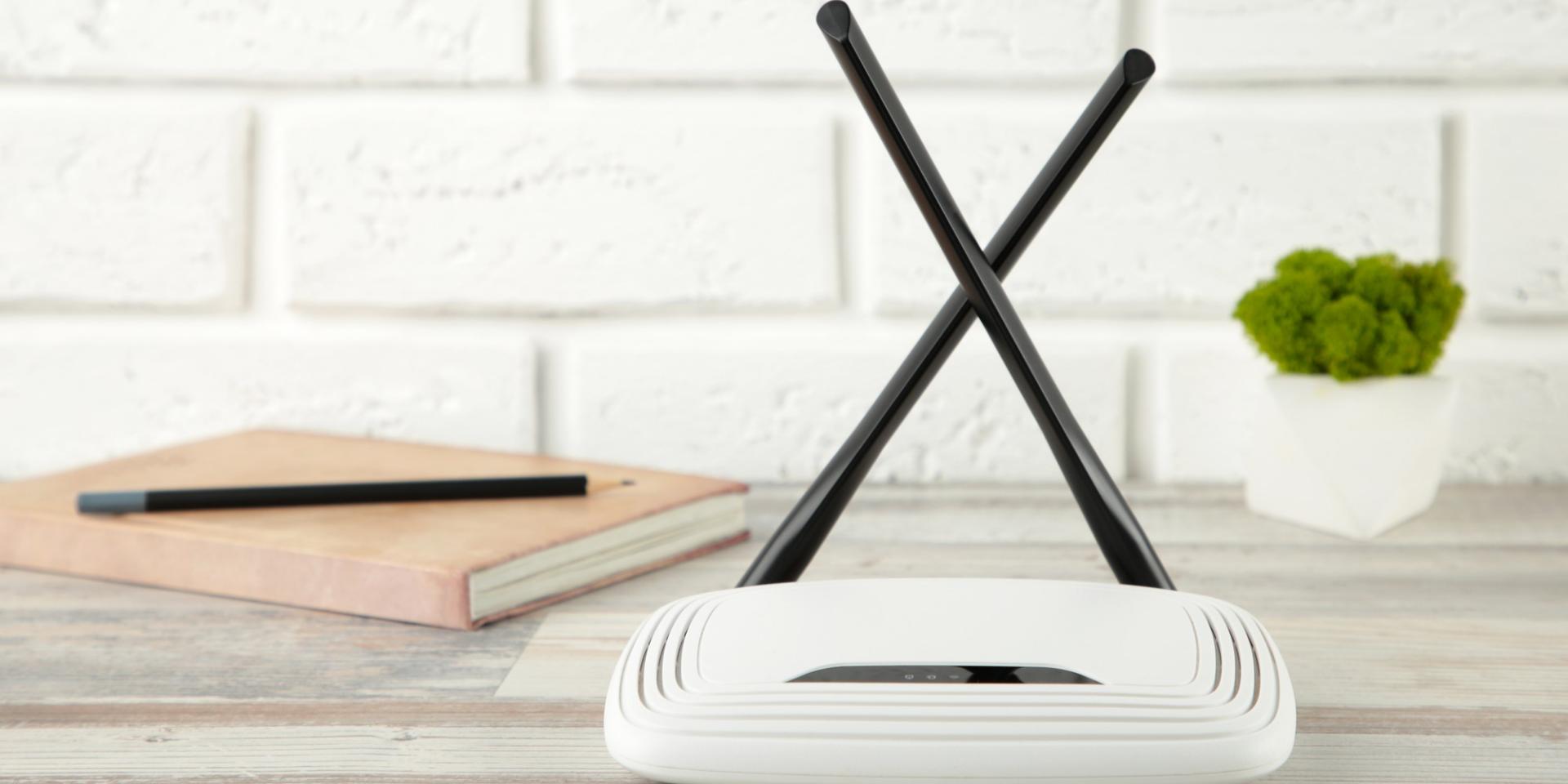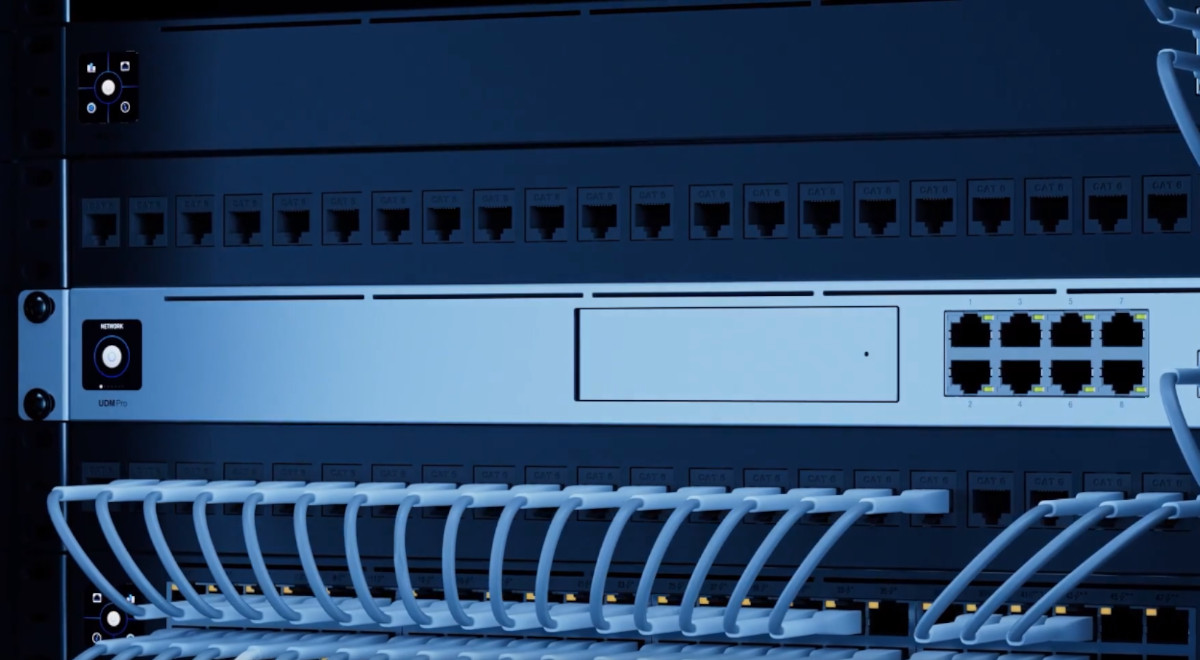How to Improve Your Home Wi-Fi Network for Optimal Performance

We all know how frustrating it is to have a weak or patchy Wi-Fi signal at home. It can be especially frustrating for parents who are trying to work from home while also helping their children with remote learning.
Luckily, there are some things you can do to improve your home Wi-Fi network and get better performance.
So in this article, we are going to give you some handy tips, and here they are:
- Do a speed test to see what your current Wi-Fi speeds are;
- Find the perfect location for your router - away from interference from other electronic devices;
- Upgrade your router's firmware for the latest security and performance improvements;
- Check out your frequency;
- Control quality.
So let’s get straight into it.
Do a speed test to see what your current Wi-Fi speeds are
Getting optimal performance from your network connection is essential for basic web browsing, streaming, and gaming. Therefore, it is important to check your Wi-Fi speeds by doing a speed test to see if it is up to par.
This can easily be done in just a few steps – all you have to do is connect with your preferred speed test service, select the most optimal server, and start your test. Compare the results to get an idea of how well your Wi-Fi is performing and make any changes as needed for optimal results.
Find the perfect location for your router - away from interference from other electronic devices
Got router placement troubles? Well, you're certainly not alone.
Many of us have found ourselves in this frustrating conundrum, trying to find the sweet spot for our router that allows for optimal performance and no interference from other electronics. But don't despair - you can use plenty of tricks and tips to get the perfect router placement.
Start by checking the router manual or guide that came with your router – they usually contain detailed instructions on where the router should best be placed. It's also smart to look out for places near metal surfaces and away from walls that could disrupt your router's signal strength.
And when in doubt, just make sure to keep all other devices at a reasonable distance from your router.
Upgrade your router's firmware for the latest security and performance improvements
Keeping your Wi-Fi secure is essential for protecting your online data, as well as preventing hacker access to your device. The easiest way to stay safe and secure with your wireless network is to make sure you use a strong and unique Wi-Fi password.
A strong password should contain at least 8 characters - the longer, the better! Choose one that includes symbols, uppercase and lowercase letters, numbers, and special characters so that no one can easily guess it.
It's also important to change it regularly (every 3 months or so). With a tough security mechanism in place, you'll have peace of mind that your wireless connection is not susceptible to outside threats.
Check out your frequency
Bands and GHz.
Whatever network administrator you use, look at its interface settings and be sure to have configured it for optimal performance.
For those of you with a dual-band router, you can try switching to 5GHz rather than the 2.4GHz band.
5GHz gives you faster speeds and you'll get less crossing or interference from other wireless or closeby networks.
Note: The 5GHz band doesn't travel as far as its counterpart and isn't great with obstructions either. But best to try both. Most modern dual-band routers will likely offer you options regarding the network name and the SSID for both bands.
If you make the switch look for the option (5GHz) and use the same SSID and password that you use with your 2.4GHz network.
Therefore your system will find and choose the best signal whatever it is.
If you don't have the option to use the identical information, just rename it to something recognisable and add 5GHz, then try it manually whenever you have trouble.
Control quality
Many modern routers come with Quality of Service (QoS) tools.
These tools are there to help limit app bandwidth usage. Typically you will find them in 'advanced settings' and in the network's admin interface.
Also, you can use QoS to prioritise certain things over one another such as video over downloads. Therefore your video chat with a friend or relative won't be interrupted because someone else in the house is downloading a movie or a large file.
Some of the newer routers on the market give multimedia or gaming one-click settings to help you prioritise them. So for anyone sharing as a network, try these ideas too they may help.
SUMMARY
Improving your home Wi-Fi network for optimal performance doesn't have to be rocket science. With the right knowledge and a few minor tweaks, you can get top speeds and reliable connections without breaking a sweat. So if you're looking for ways to optimise your wireless connection, try out these tips - your future self will thank you for it!
From placing your router in the right spot to changing passwords regularly, there are plenty of ways to ensure you're getting the best out of your home's Wi-Fi network. Finally - remember to check speeds periodically with speed test services so that you can rest easy knowing that everything is running smoothly! Happy surfing!












